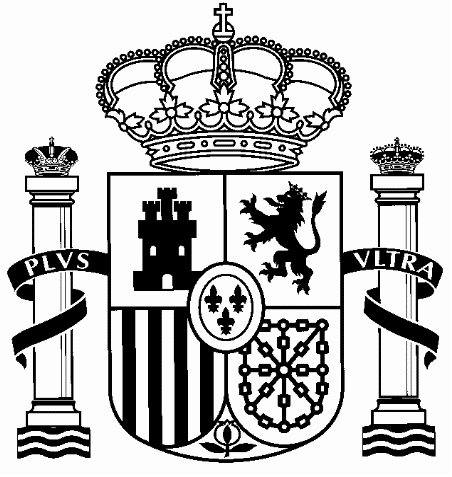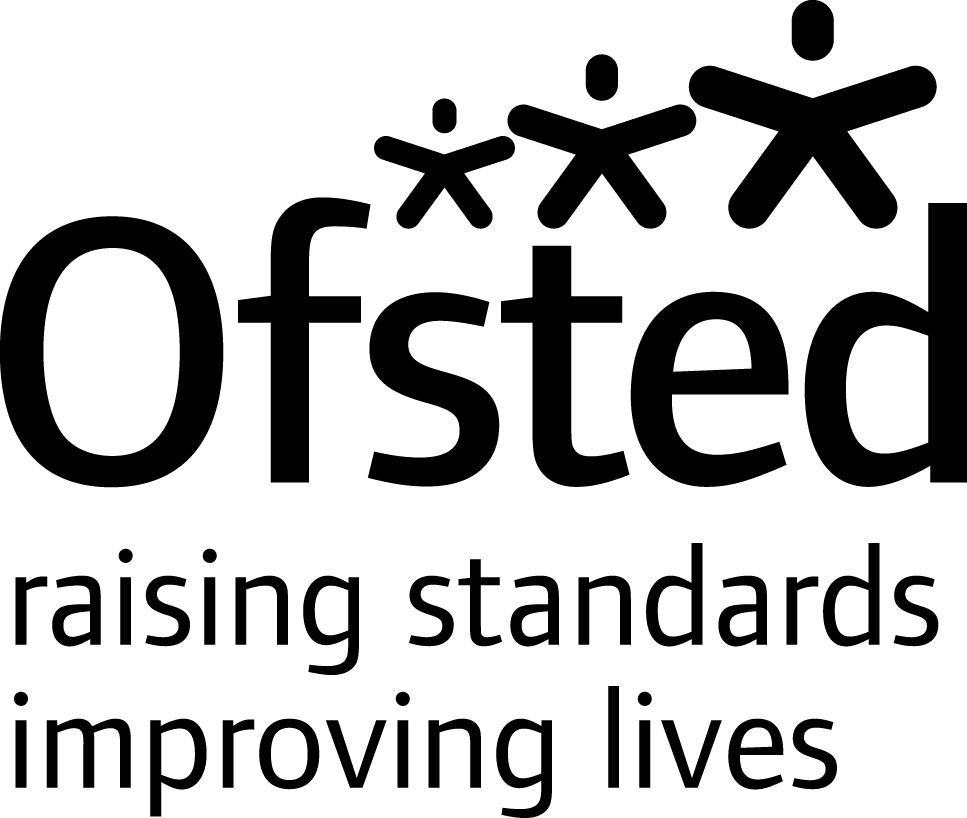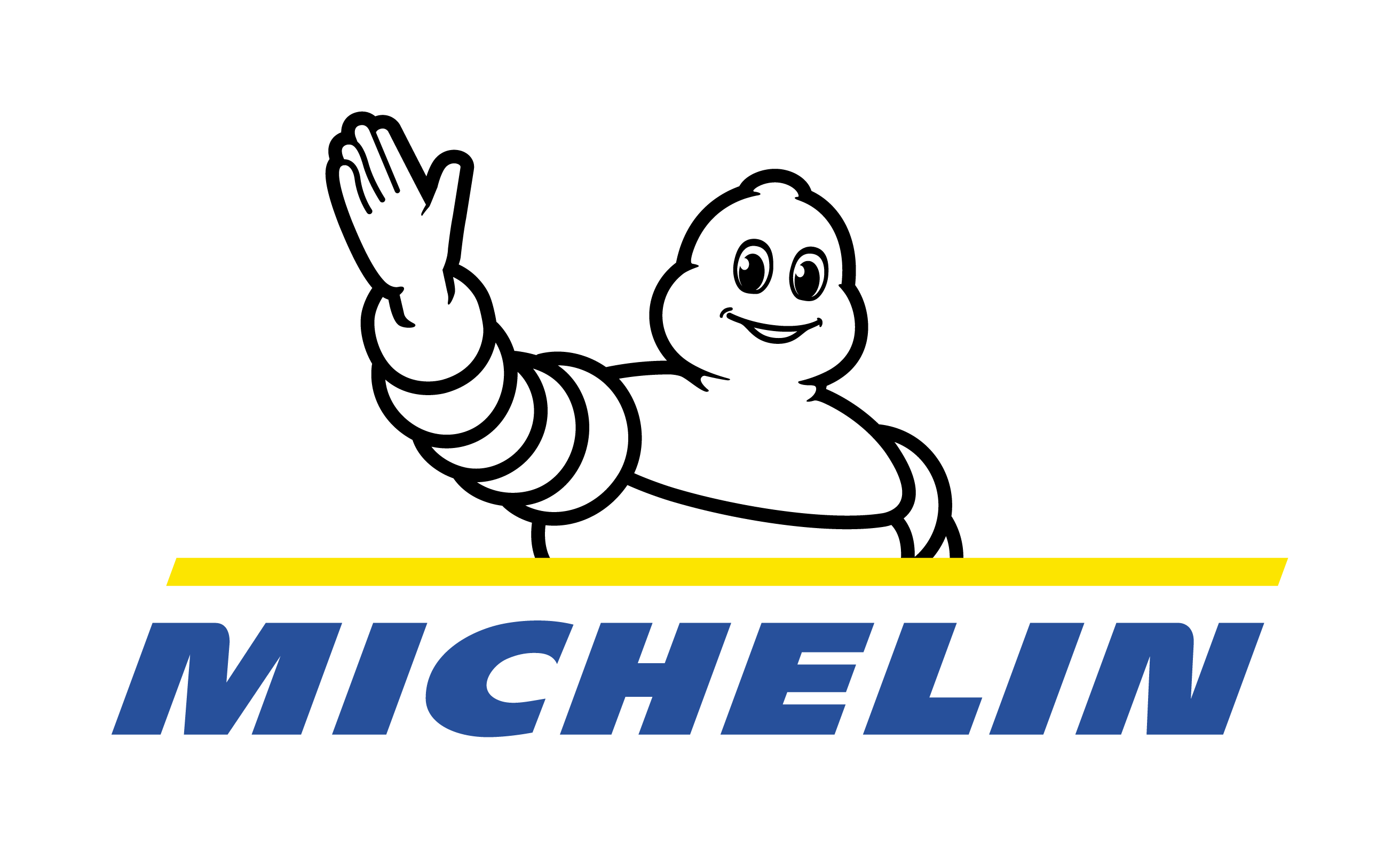JAMAICA POLICY ENVIRONMENT SCORE ADOLESCENTS (ARH PES) NOVEMBER 2002
NEWS RELEASE 28 JANUARY 2000 JAMAICA BALANCEAC 2014 ACADEMIC CHAMPIONSHIP 2014 CSEC RANKINGS 2014 WWWEDUCATEJAMAICAORG
ASSESSORIA DE COMUNICAÇÃO MÚSICA CANTOR JAMAICANO ENCERRA PROJETO REGADO
“LOCURA DE SOLTEROS EN JAMAICA” DEL 09 AL 15
CAYMAN ISLANDS DEPARTMENT OF AGRICULTURE AGREEMENT BETWEEN JAMAICA
COPYRIGHT LAW AND CREATIVE PRACTICE IN JAMAICA PI LARISA
JAMAICA POLICY ENVIRONMENT SCORE: ADOLESCENTS
JAMAICA POLICY ENVIRONMENT SCORE: ADOLESCENTS
(ARH PES)
November, 2002
RESPONDENT NAME:
POSITION:
DATE:
Introduction
The Policy Environment Score (PES) is meant to measure the policy environment that surrounds reproductive health in Jamaica. The PES is meant to assess the current environment as well as year-to-year changes.
This Adolescent Reproductive Health (ARH) PES is being conducted by Youth.now on behalf of USAID/Kingston. PES on family planning, safe motherhood, STD/HIV/AIDS and adolescents were conducted in 1999 and 2000. This 2002 ARH PES focuses on adolescents alone. Additional items have been added to the original adolescent reproductive health module, in order to capture more needed information on this target group.
The ARH PES is comprised of seven categories to assess the policy environment: political support, policy formulation, organizational structure, legal and regulatory environment, programme resources, programme components, and evaluation and research.
A scale of 0 to 4 is to be assigned to each item. In every case, 4 means a better or more satisfactory rating. Some items may seem to require just a yes or no response, but even these may be more or less satisfactory, so adhere to the 0 to 4 rating scale. Enter a “DK”, for don’t know, in a cell when you have little or no information about it. Do not leave it blank.
Score the two columns separately, to compare this year with last year. “Status now” speaks to 2002 and “status one year ago” is 2001.
By way of clarification:
Under the section Political Support, “planning bureaus” (item 11) speaks to bodies such as PIOJ and the MOH Planning Unit.
Under the section Programme Components, “Community-Based Distribution (CBD) systems” (item 8) speaks to those communities where individual members of the community provide FP services for short periods of time. These individuals also refer to the local health centers for follow-up service. HFLE (Health and Family Life Education) curricula speak to the MOE curricula introduced into the Primary and Secondary schools. “Vulnerable groups” (items 23-28) refer to youth at risk, such as youth living on the street, those unemployed, those who have dropped out of school, and those with handicaps or living with disabilities.
Thank you for your participation.
|
(Scoring: 0=weak; 4 = strong) |
|
|
|
I. POLITICAL
SUPPORT
|
Status Now 2002 |
Status 1 Year Ago |
|
High-level national government support exists for effective policies and programmes. |
|
|
|
High-level national government support exists for effective policies and programmes to provide family planning to unmarried adolescents. |
|
|
|
High-level national government support exists for effective policies and programmes for prevention of HIV/AIDS among adolescents. |
|
|
|
Public opinion supports effective policies and programmes. |
|
|
|
Public opinion supports effective policies and programmes to provide family planning to unmarried adolescents. |
|
|
|
Public opinion supports effective policies and programmes for prevention of HIV/AIDS among adolescents. |
|
|
|
Media campaigns are permitted. |
|
|
|
Political parties support effective policies and programmes. |
|
|
|
The problem of pregnancy among adolescents is recognized by top planning bureaus. |
|
|
|
10. The problem of HIV/AIDS among adolescents is recognized by top planning bureaus. |
|
|
|
11. The problem is recognized by top planning bureaus. |
|
|
|
12. Major religious organizations support effective policies and programmes to provide family planning to unmarried adolescents. |
|
|
|
13. Major religious organizations support effective policies and programmes for prevention of HIV/AIDS among adolescents. |
|
|
|
|
|
|
|
II. POLICY FORMULATION |
Status Now 2002 |
Status 1 Year Ago |
|
|
||
|
A favorable national policy exists. |
|
|
|
A favorable national youth policy exists. |
|
|
|
A favorable national ARH policy exists. |
|
|
|
A favorable national HIV/AIDS policy exists that includes aolescentsadolescents. |
|
|
|
Formal programme goals exist. |
|
|
|
Specific and realistic strategies to meet goals exist. |
|
|
|
Youth policies incorporate male adolescent reproductive health issues. |
|
|
|
Youth policies address male adolescent reproductive health. |
|
|
|
Ministries other than Health are involved in policy formulation. |
|
|
|
Policy dialogue and formulation involves NGOs, community leaders, and representatives of the private sector and special interest groups. |
|
|
|
Policy dialogue and formulation involves religious organizations |
|
|
|
Government policy supports family life education and other IEC efforts for youth |
|
|
|
Government/ national policy supports provision of contraception for adolescents. |
|
|
|
Government/national policy supports provision of antenatal care for pregnant adolescents |
|
|
|
Government/national policy supports provision of STI treatment for adolescents
|
|
|
|
Government/ national policy supports pregnant teenagers continuing their education |
|
|
|
Government/national policy supports students with HIV continuing in school |
|
|
|
|
Status Now 2002 |
Status 1 Year Ago |
|
III. ORGANIZATIONAL STRUCTURE |
||
|
|
||
|
A national coordinating body exists that engages various ministries to assist with appropriate services. (If none, enter zero.) |
|
|
|
Ministries other than Health are mandated to help with programme implementation. |
|
|
|
A mechanism exists at the health region level to coordinate planning, resource allocation and implementation of ARH activities. |
|
|
|
4. NGOs are formally included in policy deliberations. |
|
|
|
5. The private sector is formally included in policy deliberations. |
|
|
|
6. Religious organizations are formally included in policy deliberations. |
|
|
|
IV. LEGAL AND REGULATORY ENVIRONMENT
|
Status Now 2002 |
Status 1 Year Ago |
|
There is a favorable legal and regulatory climate for ensuring that unmarried adolescents may receive services for family planning. |
|
|
|
Pregnant adolescents are allowed to continue with their education. |
|
|
|
Providers are free from unnecessary legal and regulatory restrictions (i.e., services available to adults are available to adolescents as well). |
|
|
|
V. PROGRAMME RESOURCES
|
Status Now |
Status 1 Year Ago |
|
Funding from government sources is generally adequate. |
|
|
|
Funding from donor sources is generally adequate. |
|
|
|
Staffing for service provision is generally adequate. |
|
|
|
Staffing for ARH service provision is generally adequate. |
|
|
|
Enough service points and providers exist for reasonable access by most clients. |
|
|
|
Resources are allocated by explicit priority guidelines. |
|
|
|
Funding/other support for ARH from private sector is generally adequate. |
|
|
|
VI. PROGRAMME COMPONENTS |
Status Now |
Status 1 Year Ago |
|
Contraceptives are provided for single adolescents in the usual service delivery points, as well as in schools, youth centers and other places where youth are found. |
|
|
|
Counselling services in family planning for single adolescents are offered not only in the usual service delivery points, but also elsewhere, such as in schools, youth centers, or other places where youth are found. |
|
|
|
STD/AIDS information is an integral part of educational efforts. |
|
|
|
Condoms are easily available to youth through channels that youth have access to, e.g. pharmacies, clinics, vendors. |
|
|
|
Post-abortion counseling is an integral part of the youth programme. |
|
|
|
Emergency contraceptive protection (ECP) is available to unmarried adolescents. |
|
|
|
STI services are available to unmarried adolescents |
|
|
|
Health staff arestaffs are trained to counsel youth in sexuality and reproductive health matters.
|
|
|
|
VI. PROGRAMME COMPONENTS (cont.) |
Status Now 2002 |
Status 1 Year Ago |
|
Community-based distribution (CBD) systems exist and employ youth (male and female) distributors. (If no CBD system exists, enter zero.) |
|
|
|
HFLE curricula are appropriate to address ARH issues in the country |
|
|
|
HFLE curricula take gender issues into account.
|
|
|
|
HFLE curricula incorporate STI information
|
|
|
|
HFLE curricula incorporate HIV/AIDS information
|
|
|
|
HFLE is being effectively implemented in schools
|
|
|
|
Guidance counselors receive support from the MOE to teach HFLE |
|
|
|
Guidance counselors receive support from school administrators to teach HFLE |
|
|
|
MOH’s service delivery guidelines for serving minors influences service delivery for adolescents |
|
|
|
Pre service training in ARH for nurses and midwives is adequate. |
|
|
|
Pregnancy prevention efforts are adequately targeted to vulnerable groups of female adolescents. |
|
|
|
Pregnancy prevention efforts are adequately targeted to vulnerable groups of male adolescents. |
|
|
|
STI control efforts are adequately targeted to vulnerable groups of female adolescents. |
|
|
|
STI control efforts are adequately targeted to vulnerable groups of male adolescents. |
|
|
|
HIV/AIDS control efforts are adequately targeted to vulnerable groups of female adolescents. |
|
|
|
HIV/AIDS control efforts are adequately targeted to vulnerable groups of male adolescents. |
|
|
|
NGOs participate in the provision of information for pregnancy prevention. |
|
|
|
NGOs participate in the provision of information for STI prevention. |
|
|
|
NGOs participate in the provision of information for HIV/AIDS prevention. |
|
|
|
Comments: _____________________________________________________ |
|
|
|
VII. EVALUATION AND RESEARCH
|
Status Now 2002 |
Status 1 Year Ago |
|
A regular system of service statistics exists and functions adequately. |
|
|
|
A system exists to monitor secondary data sources (surveys, censuses, local studies, etc.) for the benefit of policy guidance. |
|
|
|
A system exists to bring evaluation and research results to management’s attention. |
|
|
|
Special studies are undertaken to address leading policy issues. |
|
|
|
Service statistics are?? effectively disseminated to NGO, CBO and private sector |
|
|
|
Research and service data/information are used to inform policy formulation |
|
|
|
Research and service data/information are used to inform decision making |
|
|
Comments: _______________________
DOD 20051M JAMAICA SUMMARY OF CLAIMS TYPE DATE
E1281 JAMAICA SOCIAL INVESTMENT FUND JAMAICA JAMAICA INNER CITY
EARLY MORAVIAN RECORDS IN THE JAMAICA ARCHIVES INTRODUCTORY COMMENT
Tags: adolescents (arh, for adolescents, november, environment, policy, adolescents, jamaica, score
- ARGUMENTOS BALANCE MUNICIPAL 2 AÑOS ESTE MANDATO MUNICIPAL
- BANCO CENTRAL DEL URUGUAY COMUNICACIÓN Nº 2009 036 SUPERINTENDENCIA
- 8 PATVIRTINTA LIETUVOS NACIONALINĖS MARTYNO MAŽVYDO BIBLIOTEKOS KAVINĖS PATALPŲ
- LISTING UPDATE FOR SHALESANDSTONE TRANSITION FOREST ECOLOGICAL COMMUNITY CONSULTATION
- 82017 SZÁMÚ KANCELLÁRI UTASÍTÁS MELLÉKLETÉT KÉPEZŐ BLANKETTA EHÖK SZOLGÁLTATÁSI
- ZAŁĄCZNIK NR 1 DO ZARZĄDZENIA NR 209 REKTORA UMK
- MAHARASHTRA BOMBAY IMÉDECINS HABITUELLEMENT CONSULTÉS PAR LES FRANÇAIS
- TRUCKS FOR ADVANCED QUEUE AWARENESS DESCRIPTION THIS WORK SHALL
- SEITE 0 1 SIERPNIA 2012 R NIELS KOWOLLIK NOWYM
- DEN NORSKE KIRKE NES KIRKELIGE FELLESRÅD FINNES OGSÅ
- EN MADRID A DE REUNIDOS DE OTRA
- OZNACZENIE SPRAWY ZPPN – 32018 INFORMACJA Z OTWARCIA OFERT
- UPUTE ZA PISANJE IZVJEŠĆA ZA IZBOR PRISTUPNIKA U ZNANSTVENO
- PASSÉ COMPOSÉ PERFEKAT NAJUPOTREBLJAVANIJE PROSLO VREME U FRANCUSKOM JEZIKU
- AUTHOR SHIVLU JAIN BLOG HTTPWWWMPLSVPNINFO IP PREFIX LIST NORMALLY
- 11.-Program-gradenja-komunalne-infrastrukture
- TC AMASYA ÜNİVERSİTESİ FEN BİLİMLER ENSTİTÜSÜ SEMİNER YAZIM YÖNERGESİ
- AFTENPOSTEN AS POSTBOKS 1 SENTRUM 0053 OSLO FOR JAN
- BALANCE PROGRAMA CONCERDEP PLAZAS CONCERTADAS RESIDENCIAS Y PRESUPUESTO DE
- INDUSTRIAL TRUCKS FORKLIFTS INDUSTRIAL TRUCKS – FORKLIFTS
- 8 –PORT GIGABI T ETHERNET SWITCH PREFACE THIS
- Проект Оприлюднено «22»листопада 2016 р Сумська Міська Рада Виконавчий
- 5 UMOWA NR O ŚWIADCZENIE USŁUG ODŚNIEŻANIA I SPRZĄTANIA
- NCEA LEVEL 2 BIOLOGY (91157) 2014 — PAGE 5
- Mª JOSÉ CASERO FOL 11 PRÁCTICA 4 ELABORACIÓN DE
- UNIDAD DE NEURORRADIOLOGIA DIAGNOSTICA Y TERAPEUTICA
- DECLARACIÓN SOBRE PERCEPCIÓN DE RENTA EL QUE SUSCRIBE
- GIVEWELLS NOTES FROM CONVERSATION WITH WILLY FOOTE OF ROOT
- UNLEASHING THE POTENTIAL OF NATURE DISCUSSION PAPER ON
- EQUIPMENT TRUCK INFORMATION 1 ALL EQUIPMENT TRUCK REQUESTS MUST
 SUBSECRETARIA MINISTERIO SECRETARIA GENERAL TECNICA DIVISIÓN DE TRATADOS Y
SUBSECRETARIA MINISTERIO SECRETARIA GENERAL TECNICA DIVISIÓN DE TRATADOS Y tc Dokuz Eylül Üni̇versi̇tesi̇ Sağlik Bi̇li̇mleri̇ Ensti̇tüsü Müdürlüğü
tc Dokuz Eylül Üni̇versi̇tesi̇ Sağlik Bi̇li̇mleri̇ Ensti̇tüsü MüdürlüğüNUMBER AS91154 VERSION 2 PAGE 2 OF 2 ACHIEVEMENT
 ALCALDE INSPECCIONÓ OBRAS DEL CENTRO CULTURAL EN PADRE LAS
ALCALDE INSPECCIONÓ OBRAS DEL CENTRO CULTURAL EN PADRE LAS FOR IMMEDIATE RELEASE MEDIA CONTACT LESLIE DUFRESNE AUGUST 28
FOR IMMEDIATE RELEASE MEDIA CONTACT LESLIE DUFRESNE AUGUST 28 MODEL 3 AUTORITZO PERQUÈ EL CONSELL COMARCAL DEL VALLÈS
MODEL 3 AUTORITZO PERQUÈ EL CONSELL COMARCAL DEL VALLÈS W WWCARTAGENA99COM EJERCICIOS DE WINDOWS ENTRAR EN EL EXPLORADOR
W WWCARTAGENA99COM EJERCICIOS DE WINDOWS ENTRAR EN EL EXPLORADORTÊN NGÂN HÀNG CỘNG HOÀ XÃ HỘI CHỦ NGHĨA
 MINUTES OF EASDEC BOARD MEETING 2016 CONFERENCE MEETING MANCHESTER
MINUTES OF EASDEC BOARD MEETING 2016 CONFERENCE MEETING MANCHESTERSTANFORD CANCER CLINICAL RESEARCH PROGRAM STUDY FEASIBILITY OF CONDUCT
DISTINCTION AMPLEMENT MÉRITÉE POUR « DANSER AVEC L’INVISIBLE »
LUNDS UNIVERSITET INSTITUTIONEN FÖR KOMMUNIKATION OCH MEDIER RETORISKT SJÄLVFÖRSVAR
 5 HỘI ĐỒNG NHÂN DÂN TỈNH QUẢNG BÌNH S
5 HỘI ĐỒNG NHÂN DÂN TỈNH QUẢNG BÌNH S THE SPECIAL EDUCATIONAL NEEDS AND DISABILITY REVIEW A STATEMENT
THE SPECIAL EDUCATIONAL NEEDS AND DISABILITY REVIEW A STATEMENTATTACHMENT A………………………HIPAA BREACH PENALTIES HIPAA BREACH PENALTIES PENALTIES FOR
 1622018 MICHELIN Y GT SPORT RENUEVAN SU ACUERDO DE
1622018 MICHELIN Y GT SPORT RENUEVAN SU ACUERDO DE 1 COMPLETE THESE MINIDIALOGUES WITH THE CORRECT VERB MUSTN’T
1 COMPLETE THESE MINIDIALOGUES WITH THE CORRECT VERB MUSTN’TPUN NAZIV POSLODAVCA SA SEDIŠTEM U ULICI UKUCATI NAZIV
CEIP DULCINEA ESTIMADOS PADRES DE ALUMNOS DEBIDO A
MATURITNÍ OKRUHY Z ODBORNÝCH PŘEDMĚTŮ PRO ŠKOLNÍ ROK 20112012